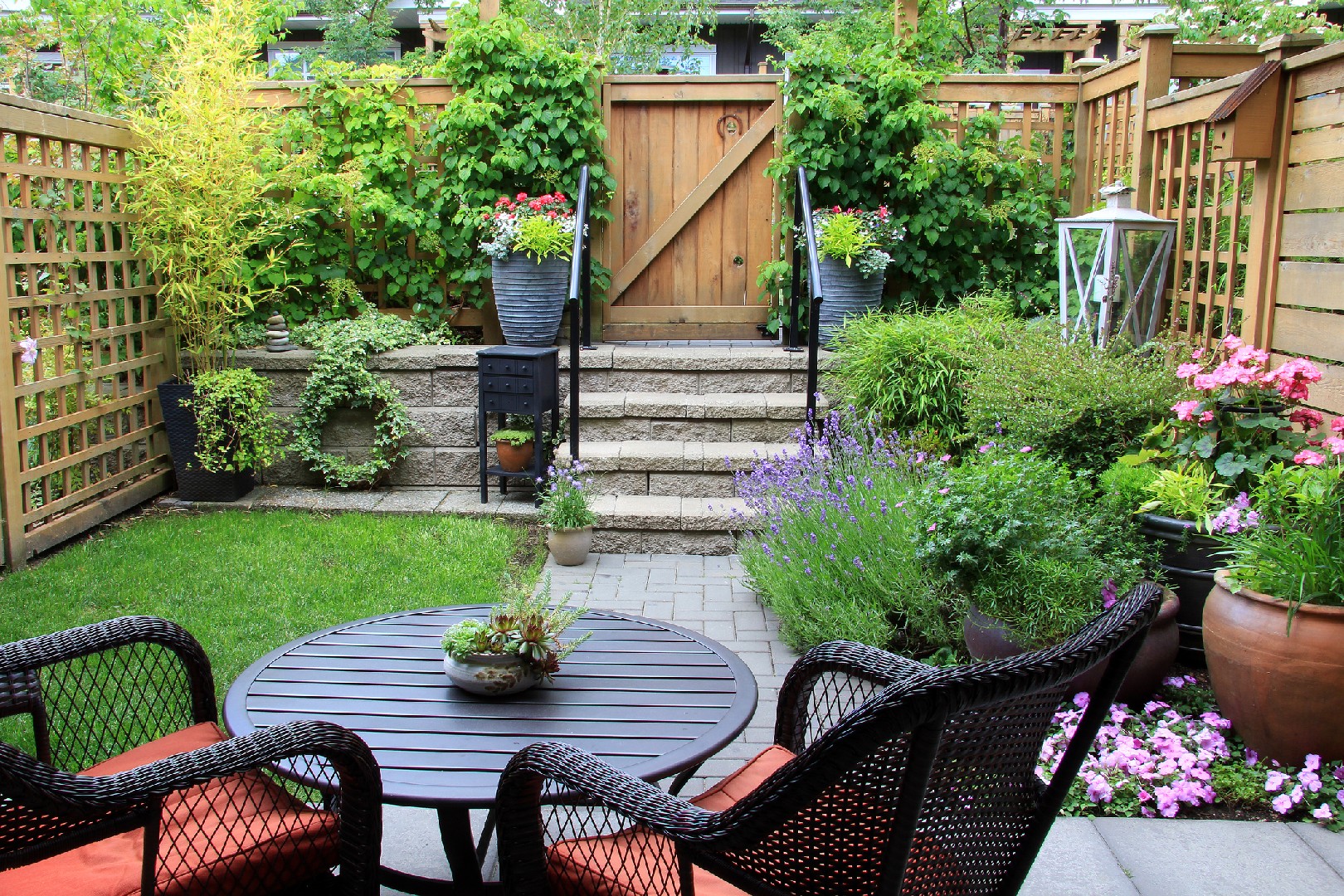![Rectangle]()
Understanding the Potential of Your Space
When it comes to designing a landscape in a limited area, it's important to first understand the potential of your space. This means assessing the size, orientation, and limitations of your space, as well as identifying key features and potential focal points that can be enhanced.
One method to assess the size and orientation of your space is by measuring its dimensions and taking note of any irregularities, such as slopes or uneven terrain. This will help you understand the physical boundaries of your space and determine what can be realistically achieved within those limitations. Additionally, consider the orientation of your space in relation to the sun's path throughout the day. This will inform your decisions regarding plant selection and placement, as certain plants thrive in specific light conditions.
Identifying key features and potential focal points is another crucial step in maximizing the beauty of a limited area. Take a walk around your space and pay attention to any existing trees, rocks, or architectural elements that can serve as focal points. These features can add depth and interest to your landscape design. Additionally, take note of any views or sightlines that you want to enhance or block. By strategically placing plantings or structures, you can create a sense of privacy or frame a beautiful view.
Now that you have assessed the size, orientation, and key features of your space, it's time to create a vision guided by its unique characteristics. Consider the overall style or theme you want to achieve in your landscape design. Do you envision a tranquil garden oasis or a vibrant and colorful outdoor space? Take inspiration from your surroundings, such as the architecture of your home or the natural elements in your area. This will help you create a cohesive and harmonious design that complements the existing aesthetics of your space.
To bring your vision to life, it's important to have a basic understanding of the various elements and principles of landscape design. Familiarize yourself with concepts such as balance, scale, rhythm, and harmony. These principles will guide your decision-making process and ensure a well-designed and visually pleasing landscape. Additionally, consider learning about different plant species that are suitable for small spaces and have low maintenance requirements. This will allow you to choose plants that will thrive in your limited area and minimize the need for constant upkeep.
In conclusion, understanding the potential of your space is the first step in maximizing its beauty, even in a limited area. By assessing the size, orientation, and limitations of your space, identifying key features and potential focal points, and creating a vision guided by its unique characteristics, you can create a landscape design that is both beautiful and practical. With a basic understanding of landscape design principles and knowledge of suitable plant species, you can bring your vision to life and create an outdoor space that brings joy and inspiration to your everyday life.





